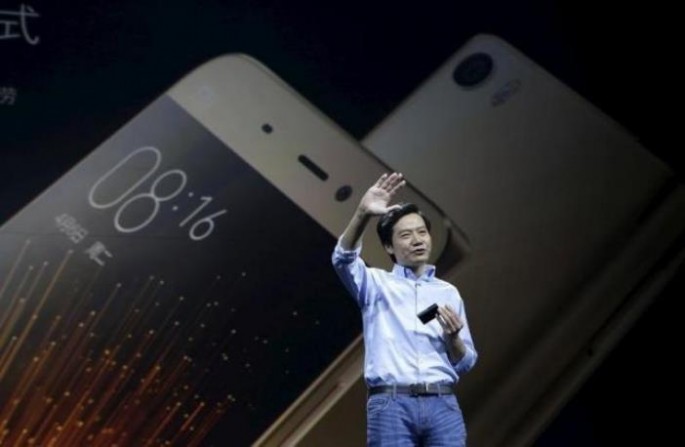Xioami’s flagship device for 2016, the Mi 5, which was unveiled at the Mobile World Congress last month, could pose a big challenge to other smartphone companies and spur iPhone’s biggest competition in China, according to an article published by www.fool.com.
The report said that although Apple's iPhone may face rivals in the Western markets in Samsung's Galaxy S7 and Galaxy S7 Edge, as well as LG's redesigned G5, its greatest challenge in China is Xiaomi's Mi 5, which has an attractive price and high specs that could draw the attention of Chinese consumers.
The Xiaomi Mi 5 comes in two different configurations. The standard edition, which is made of metal and glass, has a Snapdragon 820 processor and 3GB of RAM. It is equipped with a 16-megapixel camera, 3,000 mAh battery and 32GB of internal storage. The Pro model has an internal storage to 128GB, with an additional gigabyte of RAM. Its glass back has been replaced with ceramic, a rare feature among smartphones.
Although Xiaomi's Mi 5 Pro is almost similar to Samsung's Galaxy S7, in terms of specs, it lacks three features that the Galaxy S7 has, such as a QHD display, a microSD card slot, and water resistance.
However, what sets apart Xiaomi's Mi 5 from others is the price. The Mi 5 Pro model costs only 2,699 RMB ($415) and the standard edition sells for 1,999 RMB ($307); while in contrast, Samsung's Galaxy S7 is sold for about $700 in the U.S., and around 4,888 RMB ($750) in China.
According to the report, Xiaomi is not new to price competition as it has implemented a strategy based on "razor-thin hardware margins." The company has attracted a strong and growing following in China by selling high-end handsets at low prices. Xiaomi is now the fifth largest seller of handsets in the world, although the company was founded only less than six years ago.
According to research firm IDC, the company shipped nearly 71 million smartphones last year, an increase from about 58 million in 2014, which gave Xiaomi an annual growth rate of nearly 23 percent, higher than Apple's 20.2 percent growth and Samsung's 2.1 percent.
However, the 2014 shipments fell short of Xiaomi's projected shipments of smartphones in 2015, which was 80 million to 100 million at the beginning of last year. With the introduction of the Mi 5, Xiaomi expects to come back to its previous trajectory.
The report said that despite being outsold worldwide by both Apple and Samsung in 2015, Xiaomi remains a global major player and a significant force in China where the company is more successful. In the second quarter last year, it has surpassed Apple as the largest seller of smartphones in China, according to research firm Canalys.
As the company's most impressive phone, the Mi 5 could be the best alternative to the iPhone for many Chinese buyers, the report added.



























